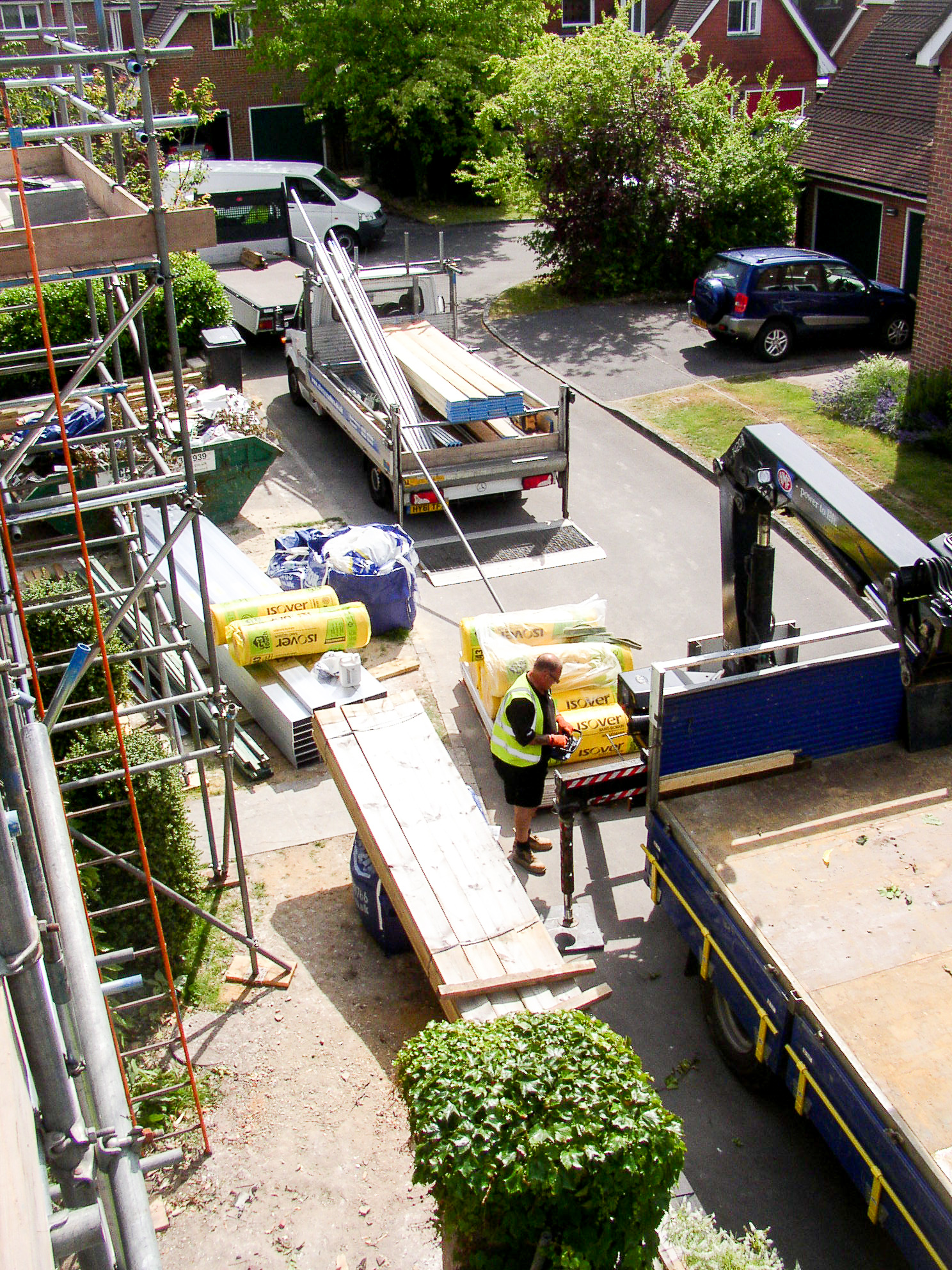Planning permission: recipe for success
Planning permission: recipe for success
Getting planning consent isn’t always speedy and simple but it’s worth the hassle to build your dream home extension. Here are some top tips to help you get the green light.

Do your research
It’s important to do your research and the best starting point is often your local planning authority website. Most planning permission applications are now submitted online via the Planning Portal www.planningportal.co.uk. It’s worth spending some time to understand what’s involved in submitting a planning application. Each local authority has a checklist, but the basics usually include filling in an application form, a brief written description of your proposals and a site plan. Plus, you’ll need to submit scale drawings of the elevations and plan of your home both existing and proposed.
Pre-application advice
Before you submit the formal application, it’s a good idea to meet a planning officer to discuss your proposals and show plans. Some councils charge a fee for this service, so check first. It helps to get an initial view from the council on what you may or may not be allowed to build. In some places, such as conservation areas, there are strict rules about materials and style. An informal chat can flag up issues and help to reduce the chances of your application being refused. It also assists the local authority in dealing with your application.
Hire the right pros
Simple errors, such as not having a scale bar on the drawings or inaccurately marked site boundary on the plan, can invalidate your application. Some homeowners can manage perfectly well on their own, but others need expert help. Certainly, you may need an architect or surveyor to draw the plans and elevations to scale. While council officers can advise on planning policies and other requirements affecting your proposals, architects will find creative solutions. Your chances of success are greater with expert help. Architects can also advise you if specialist consultants like structural engineers, highway engineers or ecologists are required to provide specialist technical reports.
Avoid commons errors
Commons reasons for applications being refused include impact on neighbours, such as loss of sunlight or overlooking, the design being out of character with the existing property or neighbourhood, loss of trees and impact on highway safety. If you want to avoid a planning headache, your best bet is to employ a local architect. Not only will they deal with all the paperwork and drawings required for a formal planning application but can also use their skills and experience to design a scheme with the best chance of approval.
Be patient
Planning officers have up to eight weeks after your application is validated to decide whether to approve or refuse your application. Most are decided within this time, but some may take longer. For example, if you’re proposing a radical redesign or very large extension and five or more objections have been received or a councillor or parish/town council objects and the officer recommends for approval, it will need to be heard by a planning committee. At this public meeting, a group of elected councillors will vote to approve or reject your application. You or your architect will have a chance to present your scheme but you will only have a couple of minutes to speak.
Be nice to planning officers
Dealing with council red tape can be frustrating but remember planning officers are human. While the planning system is shaped by local and national policy, it can be quite flexible and often very subjective. So, it’s important to be friendly to planning officers as they wield a lot of power. Again, a good local architect can help as they will know individual officers and already have built relationships, so can negotiate towards agreement on what you want to build.
Keep your neighbours in the loop
Before any decision is made, the planning department will write to your neighbours and ask them to look at the plans on the council website and comment. You will also have to post an orange planning notice outside your property with brief details of the scheme. It’s a good idea to let your neighbours know about your home extension plans and discuss any concerns they may have before they are officially notified by the council. This can help to build support and reduce the number of objections.
Be prepared to compromise
If you discover that your dream extension is contrary to planning policies, then be prepared to compromise. You may not be able to achieve everything you want. For example, making a planning application for an ultra-modern front extension in a conservation area is unlikely to be successful but the interior space could still be updated behind a traditional façade. It’s important to be realistic.
